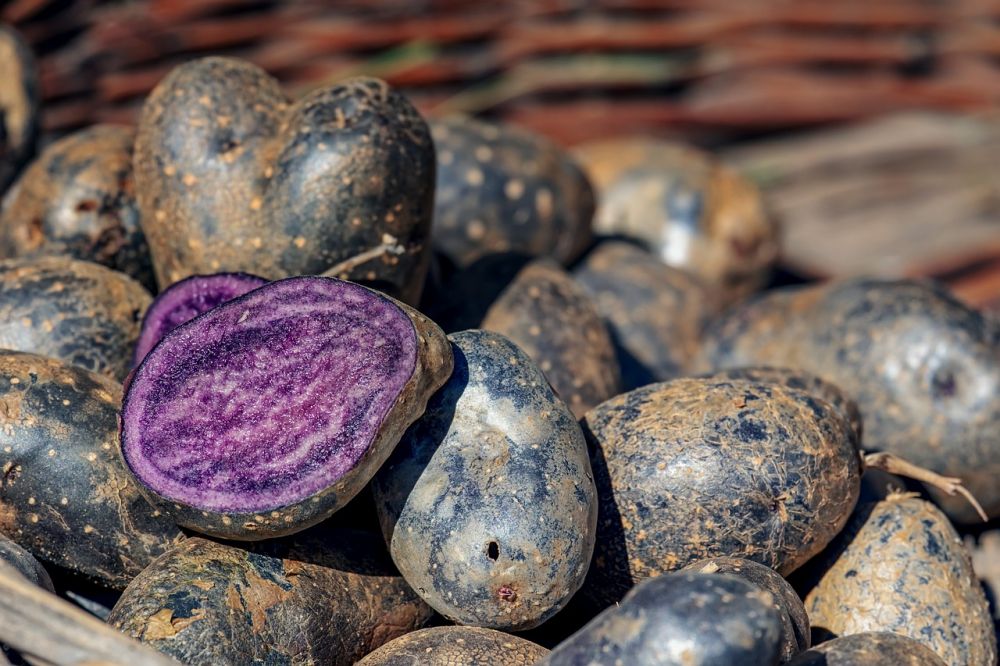Salami Chips: Crunchy, Savory Delights for Snack Lovers

Introduction:
Salami chips have emerged as a popular and delicious snack option for food enthusiasts around the world. These crispy, savory treats offer a unique twist to traditional chips, providing a burst of flavor that is hard to resist. In this article, we will explore the world of salami chips, delving into its types, popularity, and even historical background. Join us as we uncover the secrets behind this delectable snack.
What are Salami Chips?

Salami chips are thinly sliced pieces of cured salami that are then baked or fried until crisp. The process transforms the salami slices into a crunchy snack with a rich, meaty flavor. While the traditional salami chips are usually made from pork, there are also variations available that cater to different dietary preferences, such as beef or turkey salami.
Types and Popularity
Salami chips come in various types, each offering a unique taste experience. Some popular types include:
1. Traditional Pork Salami Chips: Made from high-quality pork seasoned with herbs and spices, these chips are a classic choice loved by many.
2. Beef Salami Chips: For those who prefer a more robust flavor, beef salami chips offer a heartier taste that complements the crunch perfectly.
3. Turkey Salami Chips: A lighter alternative, turkey salami chips are a healthier option without compromising on taste.
Popularity-wise, salami chips have gained significant traction among snack lovers in recent years. Their versatility makes them suitable for various occasions – from casual movie nights to sophisticated gatherings. With their bold flavors and crisp texture, salami chips have become a go-to snack for many food enthusiasts.
Quantitative Measurements
The measurements of salami chips may vary depending on the brand and personal preference. However, as a general guide, a typical serving size of salami chips is about 1 ounce (28 grams) or roughly a handful. Each serving offers approximately 140-160 calories, making them a satisfying snack option.
Exploring the Differences
While all salami chips share the same foundation of cured, thinly sliced meat transformed into crispy treats, there are notable differences among the various types. These differences stem from:
1. Meat Selection: Different types of salami chips use varying meats, such as pork, beef, or turkey. This choice impacts the overall flavor and texture of the chips.
2. Seasoning and Spices: Each variety of salami chips may incorporate a unique blend of herbs and spices, adding distinct flavors to the snack.
3. Processing Methods: The cooking techniques, whether baking or frying, can impact the final texture and crunchiness of the chips.
By understanding these differences, snack enthusiasts can select salami chips that align with their preferences and dietary needs.
A Historical Perspective
Salami chips have a rich history dating back centuries. In the past, salami was primarily consumed in its original, uncured form. However, as preservation techniques evolved, cured salami became a popular method for extending the meat’s shelf life. This eventually led to the creation of salami chips as a way to utilize leftover or dry salami.
Over time, the popularity of salami chips grew due to their delicious taste and long shelf life. However, it’s essential to note that while salami chips are undoubtedly a tasty snack, excessive consumption can lead to health concerns related to high levels of sodium and saturated fat. As with any snack, moderation is key.
Conclusion:
Salami chips have successfully carved their place in the snacking world with their unique blend of flavors, crunchiness, and rich history. Whether enjoyed on their own or paired with dips and spreads, these savory delights are sure to satisfy even the most discerning taste buds. So, the next time you seek a snack that offers a bit more excitement, consider indulging in the irresistible allure of salami chips.











